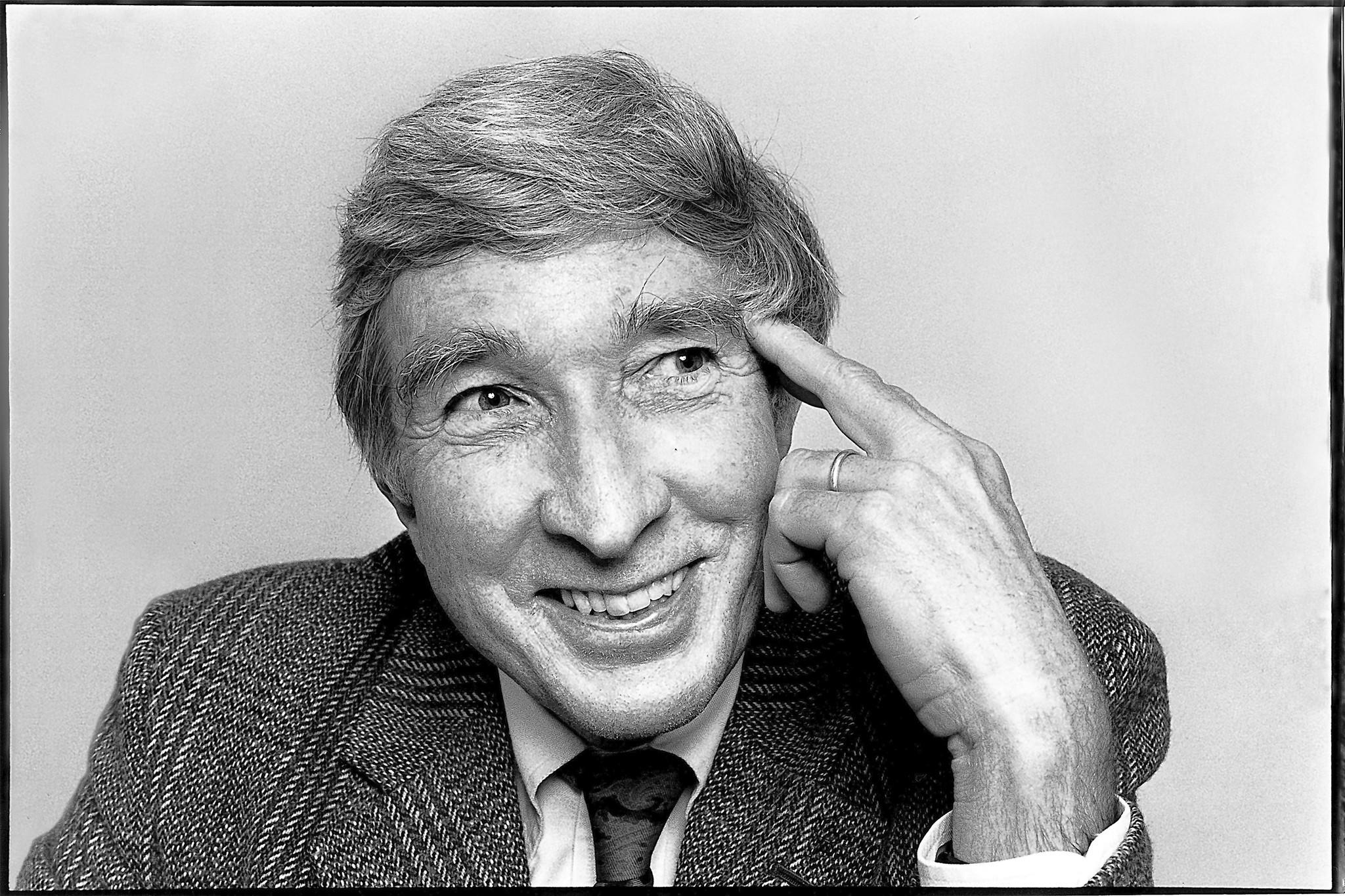John Updike’s In the Beauty of the Lilies (1996) may not be new, but this has in no way infringed on its ability to ring true. Through the format of a multi-generational saga, Updike tells the story of a changing America. While an accurate historical timeline of events is interspersed throughout the text, the dramas and conflicts of the chronicled Wilmot family is an almost greater source of information. Updike’s ability to craft a narrative without an expiration date is in part what makes this text so commendable.
There’s something to be said for an American history based book that has the potential to appeal to audiences internationally. Don’t let Updike’s outdated references and heavy-handed American witticisms get in the way of what is an enriching view on humanity’s ability to whip forward while remaining in the exact same place. This idea of predetermination is central to each of Updike’s protagonists. Despite their individual successes and failures, their resolve or passivity, no one is able to break through the confines of their past and overcome their present. Despite it all, the Wilmot family, and the larger American lifestyle they represent, continue to pull through.
Firstly introduced is Clarence Wilmot, a Christian priest in turn of the century Patterson, New Jersey. Clarence has come to the disenchanting realization that he has lost his faith. In a community quickly falling to the wreckage of riot and unemployment, Clarence finds himself physically unable to lie to his family, and most importantly, himself. Dignified, studied Clarence, father of three and steadfast husband, finds refuge on the golden screen. Clarence’s determination leaves him to sell second-rate encyclopedias door-to-door, not at all the free intellectual life he had hoped for. Clarence dies a quiet death, despite the bang of his earlier rebellion.
Theodore is the youngest of Clarence’s children, a lukewarm adolescent at the time of his father’s passing. No longer able to hold fort in Patterson, Theo relocates with his mother and older sister to small-town, Delaware. Theo settles for a job at the local pharmacy, and a life with three older women and no friends or immediate prospects. Nonetheless, Theo shines in the eyes of physically deformed Emily, and despite the objections of both of their families, the two fall into what is to be a decades long union. Where his father was dissatisfied in taking care of others, Theo welcomes his conflict-free life. Nonetheless, it is a lack of ambition that plagues Theo, and his failures as a man and self-owning individual are to follow him for the remainder of his life.
From humble Theo and Emily comes Essie, a sprightly young girl fully owning of all that life has provided her with. Despite her happy childhood, Essie is determined to break free from her provincial hometown, and make her way onto the big screen. Essie’s hard work is paired with her unwavering belief that fame and fortune is her destiny. As Essie sheds her name for the glamorous-sounding Alma, she grapples with never feeling as if she has run far away from her modest beginnings. Despite Alma’s iron will, her story ends with an inability to overcome her inevitable irrelevance in the eyes of Hollywood.
Finally comes Clark, Alma’s only, lonely child. Despite the rush and sparkle of his California upbringing, Clark is more or less of a deadbeat, a truth evident to him. Clark finds his calling in a violently possessive religious cult community in the hills of Colorado. The irony of Clark’s (soon to be renamed Esau) solace in religion after his great-grandfather’s past is not easily lost on the reader. However, even more poignant is that this sense of place is not to last. Esau, often referred to as “Slick” by his brethren, finds himself in a position of flux, of never being able to fully fit into any mold. Even his death is a result of failing to uphold any one given set of values.
This novel stood out to me on two fronts – the intricate, deep profiles that Updike paints of the four main protagonists, and the accompanying wide sweep of the text as a whole. While the Wilmot family is a collection of ups and downs, the end result is one of a comfortable equilibrium. No matter what it is that happens in each respective segment of the book, there is always another generation in line to keep the story going. In quoting Abraham Lincoln, Clarence reminds Theo early on in the book that “this too shall pass”. The power of this attitude is the thread that keeps the entire narrative in sync, and elevates the book itself to a place of widespread relevance.
Noga Amiri, Class of 2018, is a literature and art history major from Hilversum, the Netherlands.

